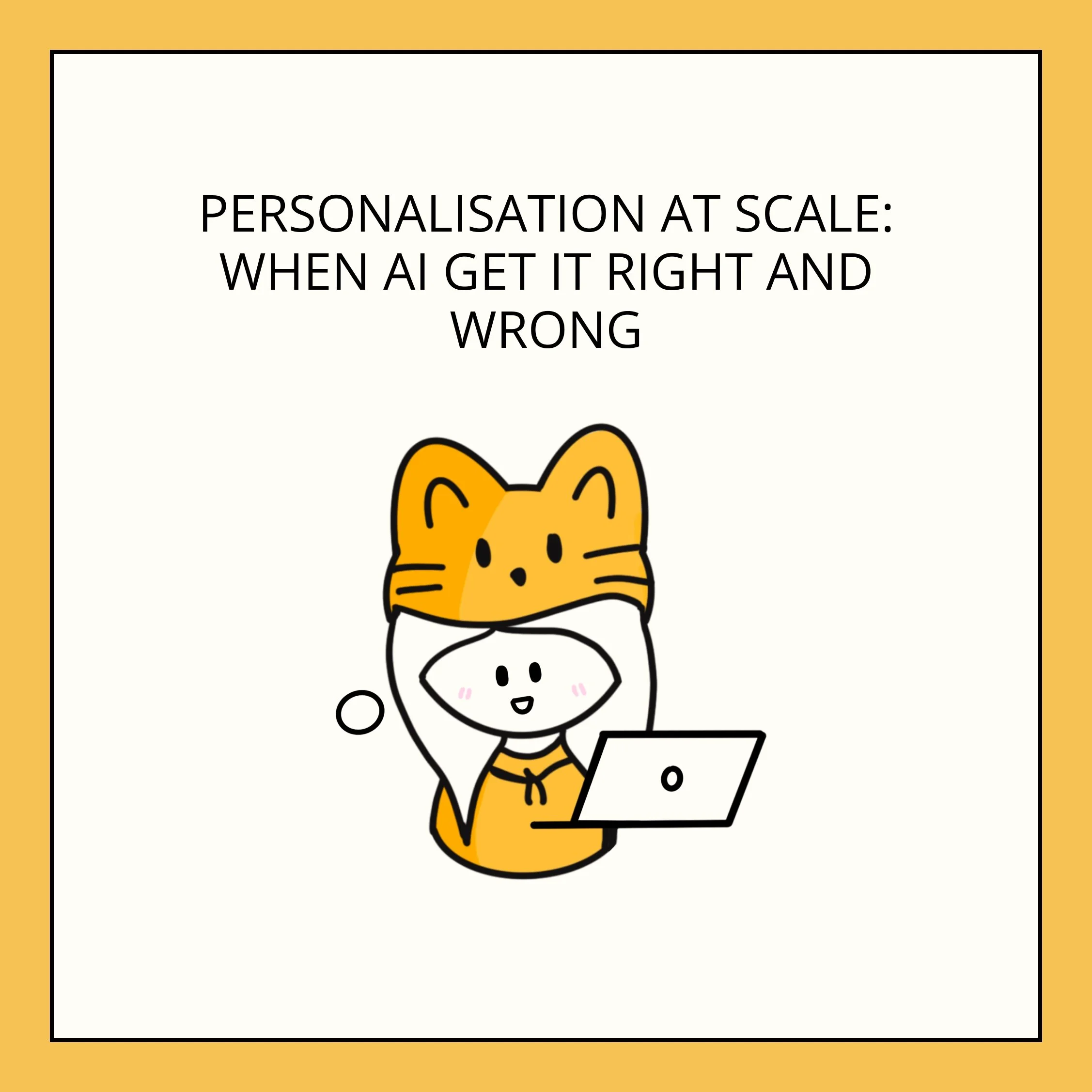How Covid-19 has changed Consumer Behaviour
Image by Arturo Rey
Covid-19 has caused a significant economic impart globally for the past few months. It will continue to cause uncertainty to the economy for the next few months, and maybe into 2021. As various countries went into lock down, businesses will need to learn how to adapt to the situation. Hence, this pandemic has caused changes to the consumer behaviour as well.
Here are the notable changes at the current time.
1. Growth in E-commerce and digital purchases
Covid-19 has accelerated the growth of online shopping, as people are unable to make their purchases in the traditional way at physical shops. E-commerce services are seeing significant growth as a result of the pandemic. More and more companies, for instance, Zara, are closing a number of their physical shops, and shifting their operations online. In Singapore, food and beverage services are similarly changing their business model, providing online purchases and home delivery in order to continue generating revenue during these uncertain times as a significant number of consumers would still prefer to remain at home.
Due to the lockdown measures had also led to an increased number of older consumers making their first online purchases - especially groceries. During the early stage of the pandemic where goods were easily sold out in the physical stores, consumers gradually migrated to online shopping and home delivery for groceries instead. Having experienced the convenience of online shopping and home delivery, it is likely that this shift in purchasing method would likely continue even after the pandemic is over, this behavioural change will continue even after post-Covid. Hence, it's essential for businesses to be equipped and ready to conduct their sales online.
2. Consumers will demand convenience
Although e-commerce had existed before the pandemic, many consumers still preferred to shop in brick and mortar stores, and it is perhaps unsurprising that footfall remains an important source of their revenue. However, as stated earlier, online shopping would be a new norm for some consumers. "Convenience" will be part of the criteria during a consumer's thought processes post-Covid-19.
Image by Igor Miske
Although the pandemic has accelerated the growth of e-commerce, this inevitably poses new forms of challenges for the businesses.
1. Getting Traffic
With the surge in e-commerce sites, one may need to compete with thousands (or millions) of other online businesses. Traffic to one’s e-commerce site is a must, if not where do you get your sales? It’s not going to be an easy feat competing for traffic in the online world.
How can one generate traffic to the e-commerce site? Businesses need to look into strategies such as SEM, SEO, Facebook Ads, and other marketing techniques that will generate traffic to the online stores.
For example, how can a durian stalls ensure that there is still business coming in during a lockdown? Assuming that the durian tastes good, the stall owner earned a decent profit during pre-Covid-19 times, and he has a budget for marketing.
The stall owner firstly needs to create a Facebook page for the stall if he has not done so. The stall owner could make use of Facebook Ads to promote the durians to potential customers. The advantage of using Facebook Ads is that you can target the advertising message to a specific audience by age group, interests and location. He can also set where the advertisements appear – such as on Facebook and/or Instagram. Assuming the stall owner can provide island-wide delivery, he could blast out promotions on both Facebook and Instagram to durian lovers, age 27 to 45, who reside in Singapore. It’s good to add in an age range because these are the consumers with the spending power. As a point of reference, Facebook Ads cost as low as $7 per day, and the post may get around 1000 impressions daily. The stall owner needs to set a higher budget on a per-day basis if he wishes to reach out to more potential consumers. This is one marketing technique that the stall owner could use to increase the awareness and drive traffic to the stall’s website.
An added advantage of having a Facebook page is that the stall owner could get his customers to like the page and encourage them to post reviews on the page. To encourage the customer to like the page, the stall owner could provide a small discount to the customers who liked the Facebook page for a limited period. The purpose of having customers to post reviews on the page is to convince potential customers to purchase durian from him. Reviews from family, friends and strangers are more effective than other types of marketing.
2. Converting Traffic to Customers
Assuming that you have solved the traffic issue, one would then need to look into converting the traffic to actual customers. There are many factors that would affect the conversion. Here are some examples:
Are there discount coupons for first-time consumers?
Is the website layout easy to navigate?
How fast does your website load?
Is there sufficient information about the products, shipping cost, return/refund policies, etc?
Is the checkout experience fuss free?
These functions will have a significant impact on both conversion rate and customer experiences. Customers need to be able to enjoy a convenience and fuss-free experience when shopping on the site. For example, if your website loads very slowly and does not provide sufficient information about the products, the visitors are most likely going to have a negative impression and choose to exit the website.
3. Customer Service
As businesses continue building their respective e-commerce model, one should not forget about the importance of customer service. Instead of having a FAQs site, businesses may want to think if it would be more feasible to create a chat-bot to help to answer some of the questions or even collate consumers' questions. Would it be feasible to have live chat sessions to answer such queries too? If businesses decide to have live chat session, it is important to have trained staff to handle such queries the questions. It's also important to have procedures in place as well. What about the return and refund policies? A business venturing into e-commerce should not see providing more convenience to its customers as a hassle.
The three challenges will have an indirect impact on consumer behaviour. With the abundance of information and the growth of e-commerce sites, there are plenty of options available on the internet. Consumers can always switch to a brand that provide both good quality products/services and conveniences. In a cutthroat business environment, therefore, retaining customer loyalty is imperative.
Feel free to let me know what other marketing content that you would like to read.
x, Esther
Share this post!













